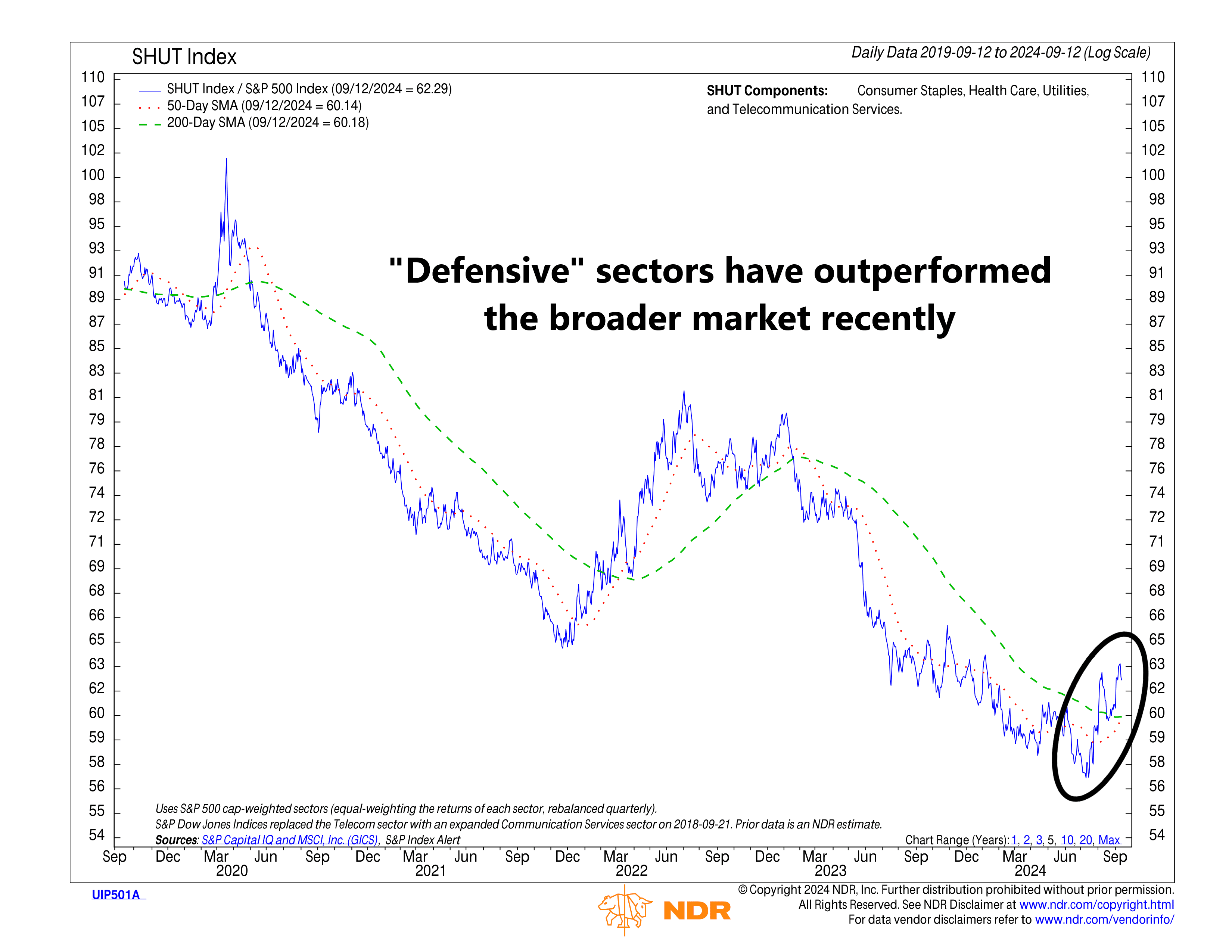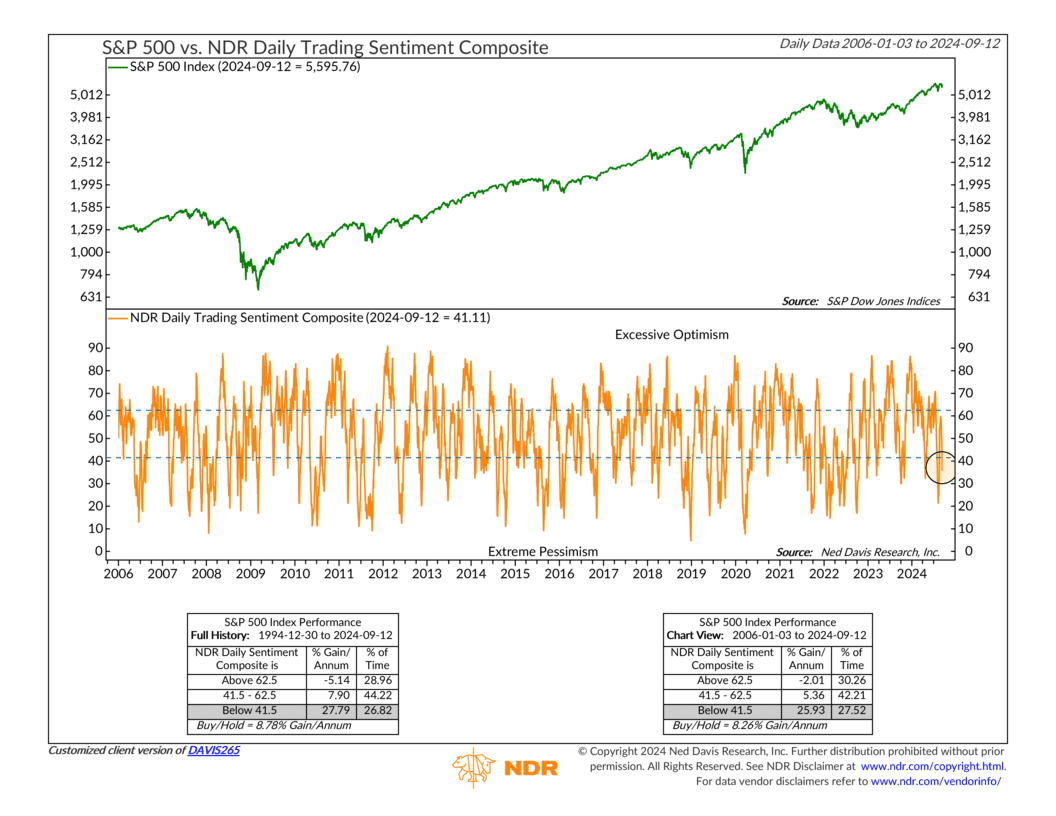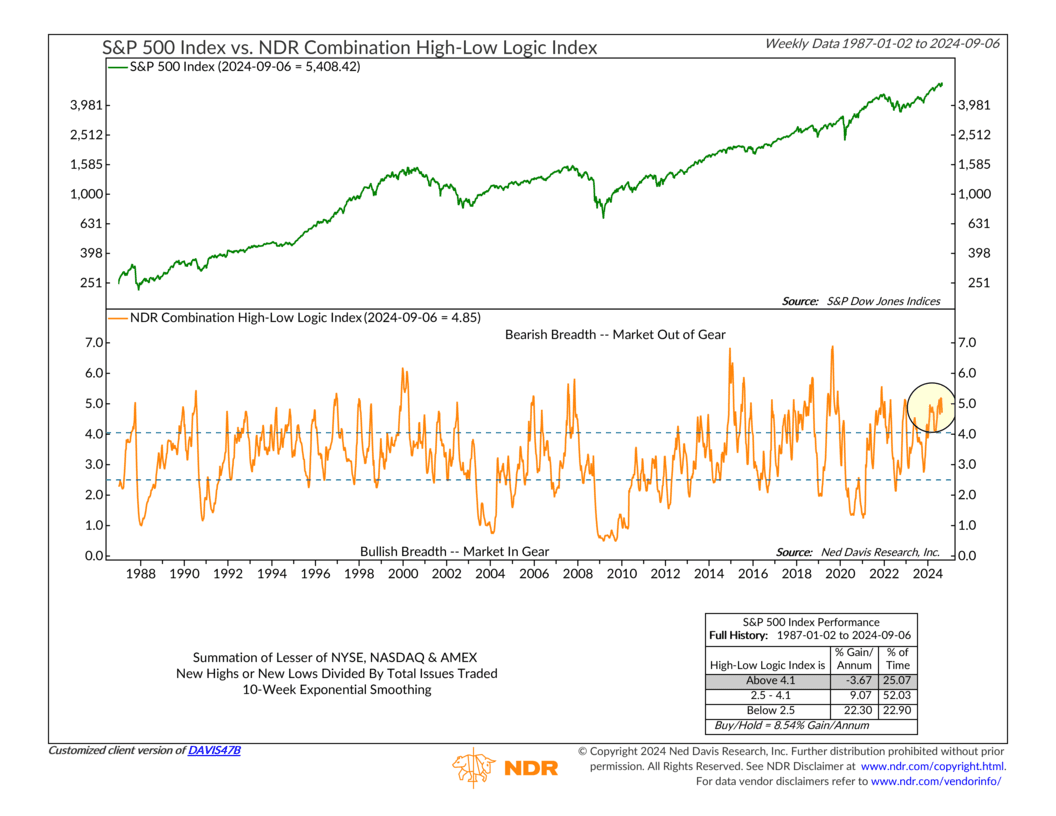OVERVIEW
Last week was a strong one for financial markets. In the U.S., all three major stock indices posted solid gains, with the S&P 500 up 4.02%, the Dow advancing 2.6%, and the Nasdaq surging 5.95%.
Growth stocks outperformed, climbing 6% compared to a 2.05% rise in value stocks. Small-cap stocks also had a good week, up about 3.4%.
International markets saw more modest growth, with developed markets increasing by 1.17% and emerging markets rising by 0.69%.
Bonds performed well, as the 10-year Treasury yield fell to 3.66%. Long-term Treasuries gained 0.8%, intermediate-term Treasuries added 0.42%, and short-term Treasuries edged up 0.12%.
Real estate saw a nearly 4% rise, while commodities climbed around 2.6%. Gold led the way, gaining 3.41%, followed by oil, which increased 1.3%, and corn, which was up 1.7%.
The U.S. dollar remained flat to close out the week.
KEY CONSIDERATIONS
Out of Alignment – The stock market bounced back nicely last week, but what’s interesting is that traditionally defensive sectors are leading the way higher.
For example, the chart below shows how the SHUT Index is performing compared to the broader market. SHUT stands for Consumer Staples, Health Care, Utilities, and Telecommunications Services—sectors considered defensive because people prioritize paying for essentials like energy and household goods, even when cutting back on other expenses.

When the line on the chart is rising, as it has been recently, it means these defensive sectors are outperforming the S&P 500. This is generally a sign of widespread risk aversion and investor pessimism.
But is widespread investor pessimism bad?
Not exactly. As the next chart shows, when short-term sentiment turns extremely pessimistic—like it did recently—it can actually be good for stock prices. This is known as a contrarian buy signal, and it likely explains last week’s boost in stock prices.

There is one problem, though: the stock market remains out of gear.
What do I mean by that? Well, this final indicator is called the High-Low Logic Index. It helps assess whether the market is “in gear” (bullish) or “out of gear” (bearish) by comparing the number of stocks making new 52-week highs and lows.

When many stocks are hitting both highs and lows at the same time, it shows market divergence, signaling a potential downturn. In contrast, when fewer stocks are diverging, it’s a bullish sign.
Currently, the index is showing a high reading, which suggests the market is “out of gear.” Similar to how a misaligned car has trouble moving forward, the stock market will likely have a harder time sustaining a rally until it gets back into gear.
So, the bottom line is that while the market got a second wind last week on the back of extreme pessimism readings, concerns remain about defensive leadership and the market’s underlying dynamics. For the rally to gain traction, we’ll need to see a stronger follow-through in market action in the coming weeks.
This is intended for informational purposes only and should not be used as the primary basis for an investment decision. Consult an advisor for your personal situation.
Indices mentioned are unmanaged, do not incur fees, and cannot be invested into directly.
Past performance does not guarantee future results.
The S&P 500 Index, or Standard & Poor’s 500 Index, is a market-capitalization-weighted index of 500 leading publicly traded companies in the U.S.
